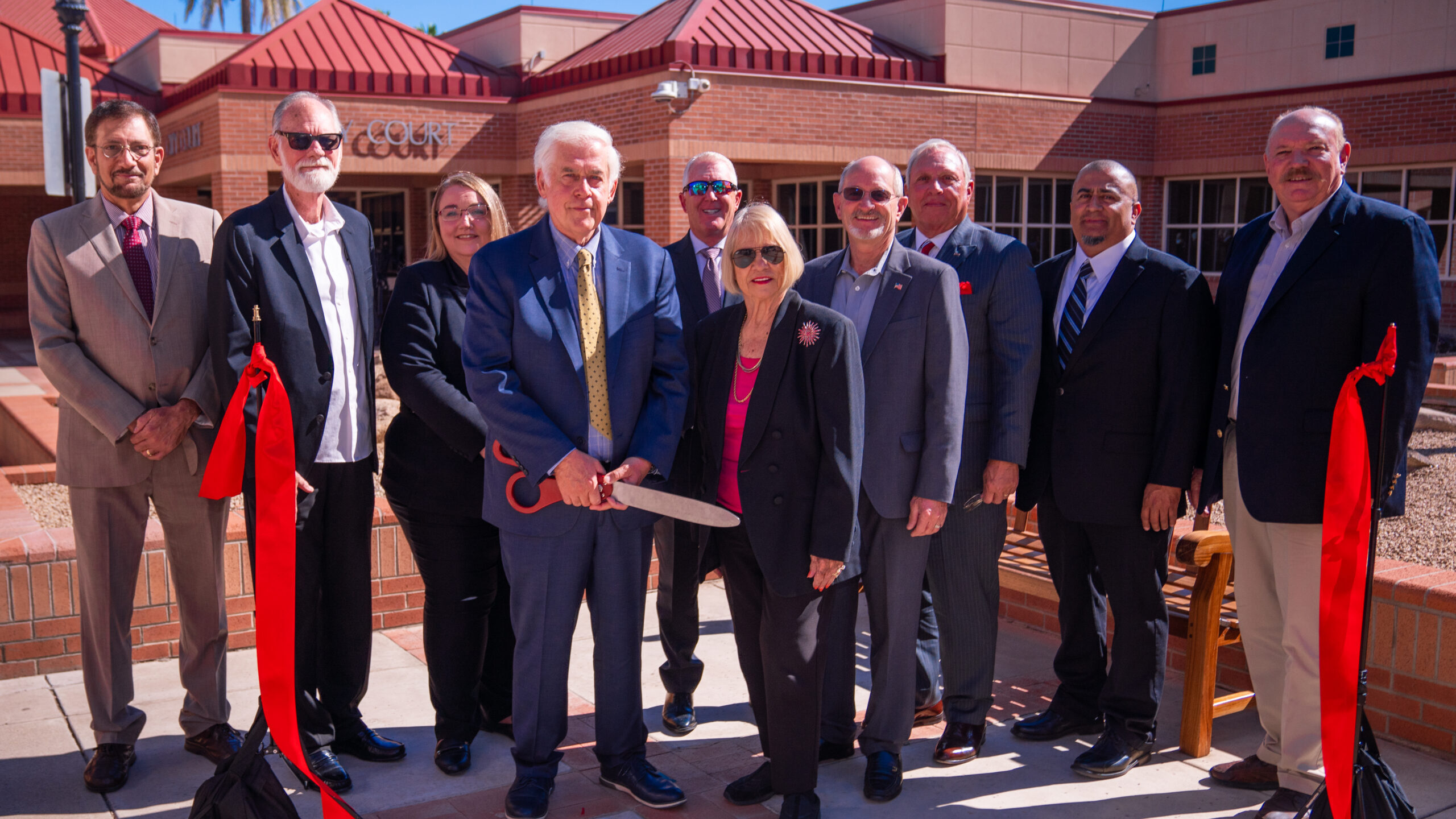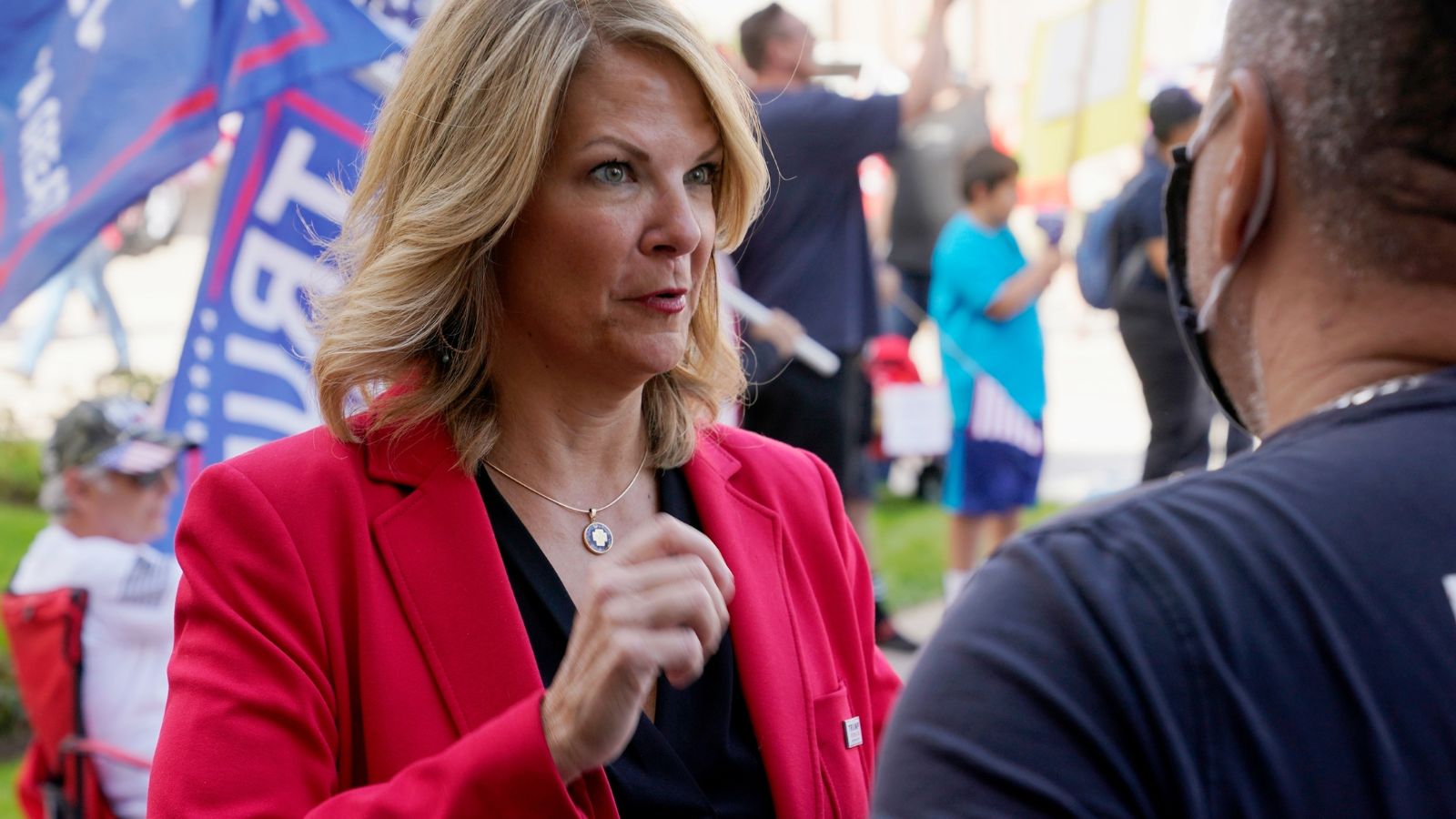How TV influences ideas about adulthood
Sep 29, 2014, 6:47 AM | Updated: 6:47 am

When asked to think of their favorite TV family, many viewers over age 30 might point to “The Waltons” or “The Cosby Show,” where the parents were firm and fair authority figures.
But from the 1990s forward, something changed dramatically, as psychologist Jim Taylor pointed out.
“If you look at a lot of shows that involve parents, it went from the Huxtables to 'Married with Children' to 'Malcolm in the Middle.' These days, the parents are idiots and it's the kids who are wise and know best,” Taylor said.
That shift is something Taylor explored in his book, “Raising Generation Tech”: The values expressed in media — especially television — have shifted significantly in just the last decade, and it's affecting America's kids.
“Programming that expresses these value messages to your children are growing by the year. Seven out of the top ten shows aimed at tweens are about teenagers who have achieved fame with careers in entertainment,” Taylor wrote in a 2012 column.
Taylor says this fact parallels another disturbing trend found in a 2011 University of California study, which found that the top values expressed in TV shows between 1967 and 1997 included community feeling, benevolence and tradition. Between 1997 and 2007, the study found that the top values had changed to fame, achievement and popularity.
An article in Time from the same period cited a possible link between the values shift in TV and a study that found a 40 percent drop in empathy among college students after the year 2000.
The problem may have its roots further back than the UC study suggests.
Joshua Louis Moss, film and media professor at the University of California Santa Barbara, says that a medium that was originally designed for families fragmented in the 1970s.
“As cable television came into being in the late 1970s, more homes could afford to purchase multiple television sets,” Moss said. “The lack of need to create 'wholesome' entertainment designed for all ages allowed families to seek out their own entertainment on their own terms.”
Along with the shift in values on TV, Taylor said, the widespread availability of shows and other media convinces society that the new values are normal.
“Our concept of adulthood has changed dramatically and it is significantly influenced by television and pop culture in general,” Taylor said. “The increased power of the media with the Internet makes it harder to escape and more easily to be brainwashed into believing it.”
Influence and reflection
The problem with values shifting in TV shows kids and families watch is that TV has always been about image and identity because of advertising's constant presence, says Philip Sewell, TV historian at St. Louis' Washington University.
“What television was designed to do was sell. It started out not just as an ad-supported medium, but one where creative control exists at least in part in the hands of advertisers,” Sewell said. “It's what we call encoded text — when the bundled intentions of a show's creators also includes overarching conventions of TV form.”
If the intentions of the creators of “Breaking Bad” are critical of Walter White's behavior, the medium itself presents his identity as viable to the show's audience. So even when a TV show isn't interrupted with ads, messages are still being “sold” to the audience on some level. Sewell says the interpretation of the material is individualized, but its influence over its audience is real.
“Even when you have an ad-free style like HBO, it's still built around selling identities,” Sewell said. “That doesn’t disappear all the sudden just because a show bills itself as a work of art, even if the show is trying to be critical of a character or present them as complex antihero.”
While it's natural to compare oneself to pop culture examples of “self” presented on TV, Taylor says it's being taken to extremes with constant media bombardment, especially for kids and teens who are still impressionable.
“Teens perceptions of what adulthood is haven’t fully formed yet and TV is not us being us,” Taylor said. “Our perceptions of ourselves, our society and everything in between are no longer self-generated. They are manufactured for most people because it’s difficult to resist the constant messages about how our lives should be.”
Reality and TV
While teens may watch Walter White on “Breaking Bad” and enjoy it, Sewell and Moss say that it's unlikely kids will adopt behaviors of TV's shadier characters, as reality and TV have always been far apart.
“America was no more like 'The Adventures of Ozzie and Harriet' in the 1950s than it is like 'New Girl' today,” Moss said. “It is a mistake to assume that the televisual record is an accurate reflection of American life.”
Part of the purpose of any entertainment, Sewell pointed out, is so characters can act out specific things ordinary people can't, offering an emotional release that makes viewers feel good.
“When we engage in fantasy, it doesn’t mean we want it to happen. We’re a mass of contradictory impulses and one way the media appeals to us is to speak to those impulses,” Sewell said. “We like the Walter Whites and Tony Sopranos because they are attempting to take control and bend the world to their will. And what’s one of the biggest lessons of adulthood? You can't do that and expect to be a descent person.”
While most teens won't turn into drug lords and murderers, Sewell said television can certainly impact a person's idea of “normal.” Sewell cited a 30-year-old theory from media scholar Joshua Meyrowitz, who argued that TV offered to children and teens something youth dating back to the Victorian age hadn't had: A window into adult life.
“TV closed gaps between public and private behavior. In the Victorian era, there was a public and private life and a lot of the private lives of adults occurred behind closed doors,” Sewell said. “TV allowed young people to see parts of adult life and hyperbolizes it so they think they know some things about adulthood.”
The problem, Sewell said, is that TV is seldom an entirely accurate depiction.
“A lot of what matters on TV is quantity of representations,” Sewell said. “If across all the TV you consume, you regularly see 30 and 40-somethings still acting like early 20-somethings, then that’s going to change your sense of norms. We might want to step back and say, is that a good norm or a bad norm?”
Protection and discussion
Because the values depicted on TV and interpreting them varies so greatly, both Sewell and Taylor say discussion is crucial for families who watch popular shows that can veer from traditional values.
“Money and media drown out any attempt to turn the tide at a macro level. The only place we can intervene is at the family level,” Taylor said. “Some of these are really entertaining shows, so for older kids you may want to start a dialogue instead of saying they can't watch it.”
Sewell said discussing TV with children is no different than dissecting meanings in literature.
“If you're worried about what kids are going to take away, you need to talk about media literacy,” Sewell said. “If you're reading 'Wuthering Heights,' you're hoping they don't come away just thinking that Heathcliff is all brooding and cool.”
Email: chjohnson@deseretnews.com
Twitter: ChandraMJohnson![]()








